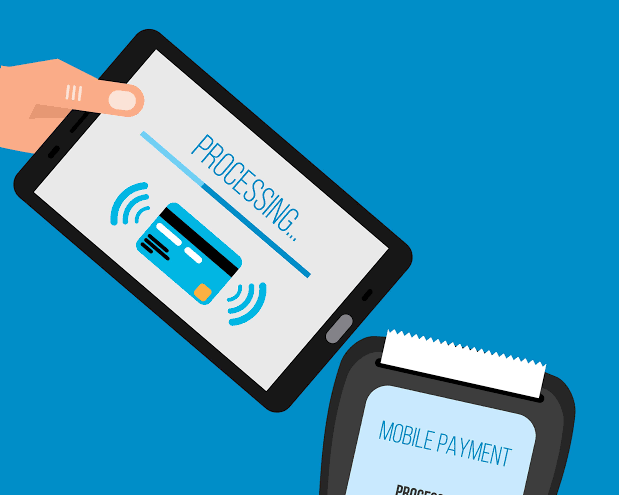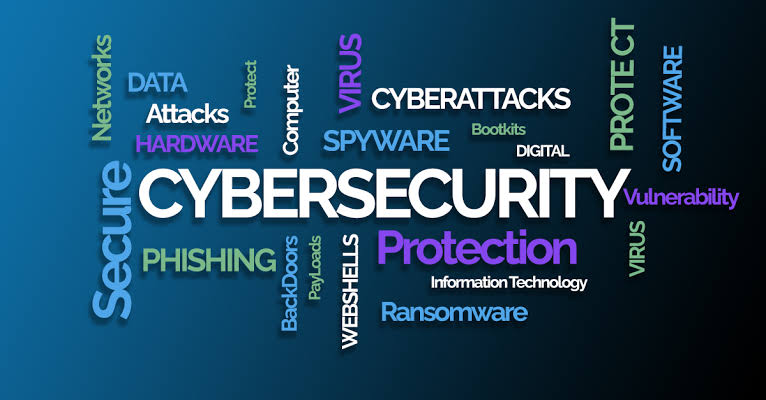Mobile payments have become one of the most convenient ways to handle financial transactions today. From purchasing items online to paying for groceries at the store, millions of people worldwide now rely on mobile wallets, banking apps, and contactless payment systems. While these technologies offer speed and ease, they also come with security risks if not used carefully. Cybercriminals are constantly finding new ways to exploit vulnerabilities, making it important for users to understand how to protect themselves. Knowing the right strategies can help ensure mobile payments remain safe and reliable in everyday life.
Understanding the Risks of Mobile Payments
Before exploring ways to stay safe, it is important to understand the risks involved. Mobile payments, while secure when used correctly, can still be targeted by cyberattacks such as phishing, malware, identity theft, and unauthorized access. For instance, if a smartphone is lost or stolen without proper protections, sensitive financial data could fall into the wrong hands.
Public Wi-Fi networks are another weak point. Many people use them for convenience, but these networks are often unsecured and can expose payment details to hackers. Similarly, downloading malicious apps or neglecting updates leaves mobile payment systems vulnerable. Recognizing these risks is the first step toward safe usage.
Using Trusted Mobile Payment Apps
Not all apps are created equal. To stay safe, users should only rely on trusted and official mobile payment platforms such as Apple Pay, Google Wallet, Samsung Pay, or well-established banking apps. These apps have built-in security features such as tokenization, which replaces sensitive card details with unique codes during transactions.
Avoiding third-party or unverified apps is essential, as many cybercriminals design fake payment apps to steal information. Always download apps from official app stores like Google Play or Apple’s App Store, and check reviews and developer details before installation.
Setting Strong Device Security
The security of mobile payments depends heavily on the smartphone itself. Protecting the device with strong authentication methods is crucial. Users should enable:
- Biometric authentication such as fingerprint or facial recognition.
- Strong alphanumeric passwords instead of simple patterns or PINs.
- Automatic screen lock features after short periods of inactivity.
These measures ensure that even if the device is lost or stolen, unauthorized access to payment apps is more difficult. Combining biometric verification with passwords provides an additional layer of security against breaches.
Keeping Apps and Devices Updated
Regular updates may seem minor, but they are one of the strongest defenses against cyberattacks. Developers constantly release patches to fix security vulnerabilities, and neglecting updates leaves devices exposed. Both the operating system and payment apps should be updated as soon as new versions become available.
Automatic updates should be enabled whenever possible. This ensures that security improvements are applied without delays, reducing the risk of attackers exploiting outdated software.
Avoiding Public Wi-Fi for Payments
Public Wi-Fi is convenient but unsafe for mobile payments. Hackers often monitor these networks to intercept sensitive data. Whenever possible, mobile data should be used instead, as it is more secure.
If Wi-Fi must be used, a virtual private network (VPN) is recommended. A VPN encrypts internet traffic, making it much harder for cybercriminals to access payment details. This simple precaution significantly reduces the risks associated with public connections.
Monitoring Transactions Regularly
Another effective way to protect mobile payments is by regularly monitoring account activity. Checking bank statements and app transaction histories helps detect unusual or unauthorized payments early.
Many banking and payment apps allow users to set up instant notifications for every transaction. These alerts provide real-time updates and can quickly flag suspicious activity. Immediate reporting of unauthorized charges ensures faster responses and minimizes financial losses.
Enabling Two-Factor Authentication
Two-factor authentication (2FA) is one of the most powerful tools for securing mobile payments. With 2FA, logging into a payment app requires not only a password but also an additional step, such as a code sent via SMS or generated through an authenticator app.
This makes it much harder for hackers to gain access, even if they obtain login credentials. Most reputable payment and banking apps now offer 2FA, and users should always enable it to strengthen account security.
Being Cautious with Phishing Attempts
Phishing scams remain one of the most common ways hackers trick users into giving away sensitive information. These scams often appear as fake emails, text messages, or links that look legitimate but lead to malicious websites.
Users should avoid clicking suspicious links or entering personal details into unknown sites. Always verify the sender’s authenticity and, when in doubt, contact the bank or payment provider directly through official channels. Awareness is key to preventing falling victim to these scams.
Using Virtual Cards for Extra Safety
Some banks and financial institutions now offer virtual cards specifically for online or mobile payments. These cards generate temporary numbers linked to the main account but can be discarded after use.
Virtual cards provide an extra shield against fraud because even if the card details are stolen, they cannot be reused. This is particularly useful for online purchases where security risks are higher.
Conclusion
Mobile payments are here to stay, offering speed, convenience, and accessibility. However, using them safely requires awareness and proactive security practices. From choosing trusted apps and enabling strong authentication to avoiding public Wi-Fi and monitoring transactions, every step plays an important role in protecting financial data.
By combining these essential tips with modern tools such as two-factor authentication and virtual cards, users can confidently enjoy the benefits of mobile payments without compromising their safety. Ultimately, secure mobile payments depend on both technology and user responsibility, and when both are managed carefully, they provide one of the safest ways to conduct transactions in today’s digital world.



